Interiors
Menu
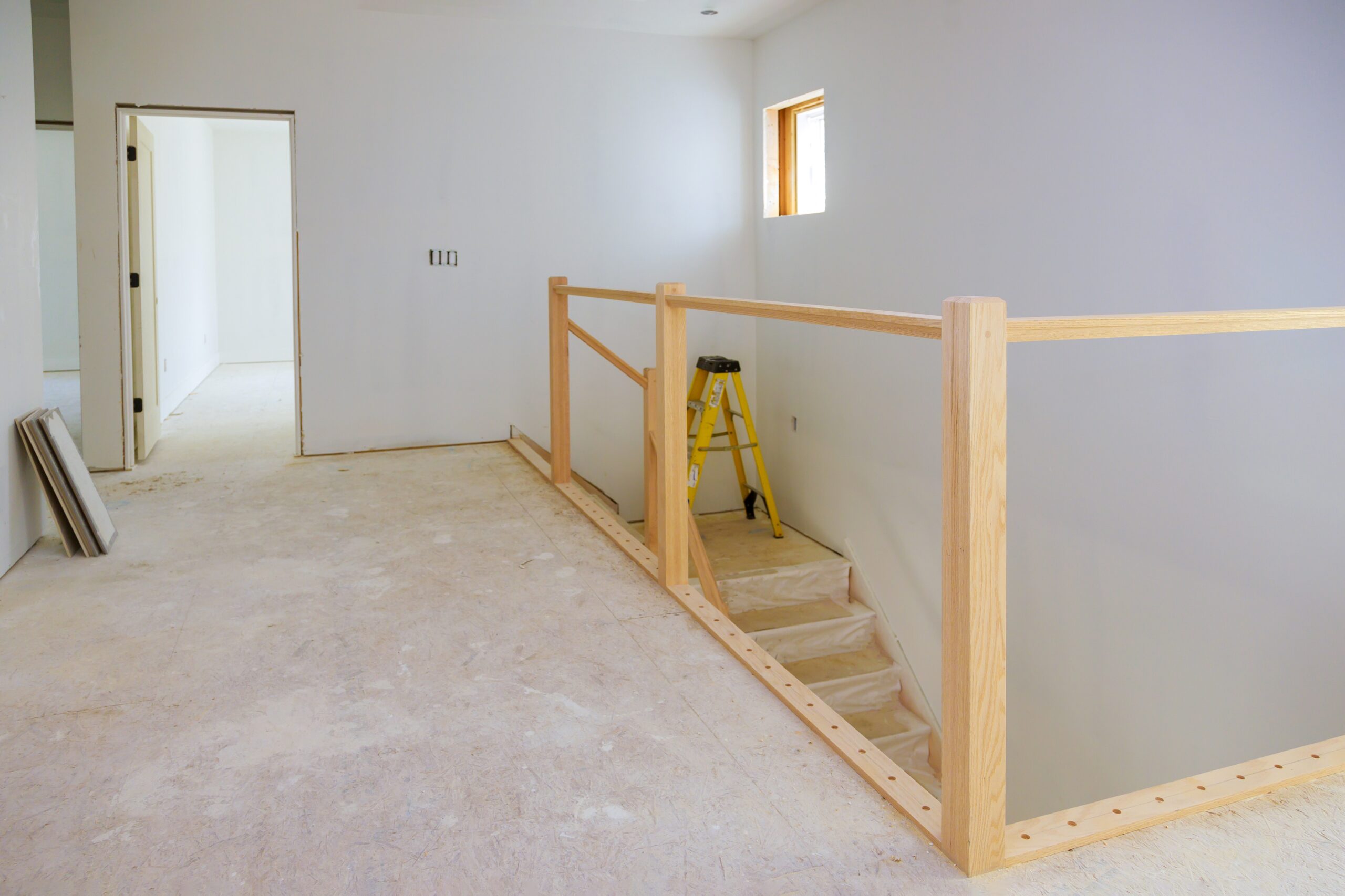
Tenant Build-Outs
Tenant build-outs involve designing and constructing interior spaces to meet the needs of a tenant’s business. The process begins with a consultation to understand the tenant’s requirements and objectives. Then, plans and specifications are developed, and permits are obtained. The build-out includes framing, drywall, flooring, electrical and plumbing systems, and any necessary fixtures and finishes. Finally, the space is inspected, and any necessary corrections or adjustments are made before the tenant moves in. The process aims to create a functional and attractive space that meets the tenant’s business needs while conforming to building codes and regulations.
Demolition
Interior demolition is the process of removing non-load-bearing structures and finishes within a building’s interior. The process begins with a comprehensive site survey to identify and assess any hazardous materials, such as asbestos. Next, the area is prepared for demolition, which includes shutting down utilities, covering nearby surfaces to prevent damage, and erecting barriers. Demolition techniques can include hand tools, hydraulic equipment, and mechanical tools such as excavators. After the demolition, the debris is hauled away, and the area is cleaned up. The process aims to remove outdated or unwanted features and make way for new construction or renovation.
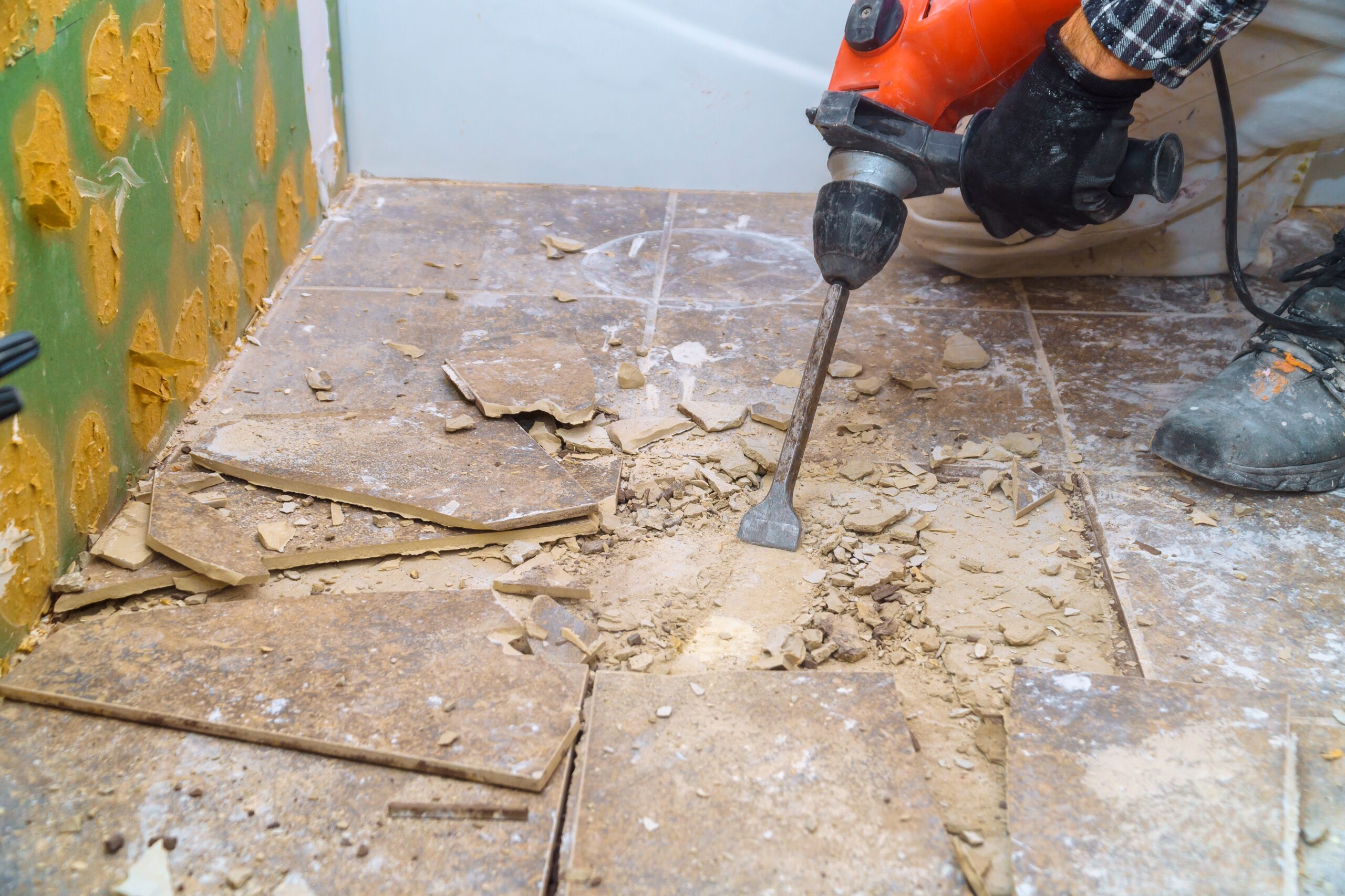

Doors & Locksmithing
Door and locksmith services involve the installation, repair, and maintenance of locks, keys, and doors. Locksmiths can provide emergency lockout services, key duplication, and repair or replacement of locks on residential, commercial, and automotive properties. Door services can include the installation, repair, or replacement of doors, frames, and hardware. The aim is to provide secure and functional access control to a property while enhancing the appearance and value of the building. Door and locksmith services require knowledge of security systems and hardware, as well as proficiency in installation, repair, and maintenance techniques.
Painting
nterior painting is a service that involves the painting of walls, ceilings, and other surfaces within a building’s interior. The process begins with preparing the area, including covering floors and furniture, filling cracks and holes, and sanding rough surfaces. Then, primer is applied to the surfaces, followed by the final coat of paint. The type of paint and technique used depend on the surface, color, and desired finish. The aim is to provide a fresh and appealing appearance that enhances the property’s value and improves the atmosphere of the space. Interior painting services require skill and experience in color selection, surface preparation, and painting techniques.
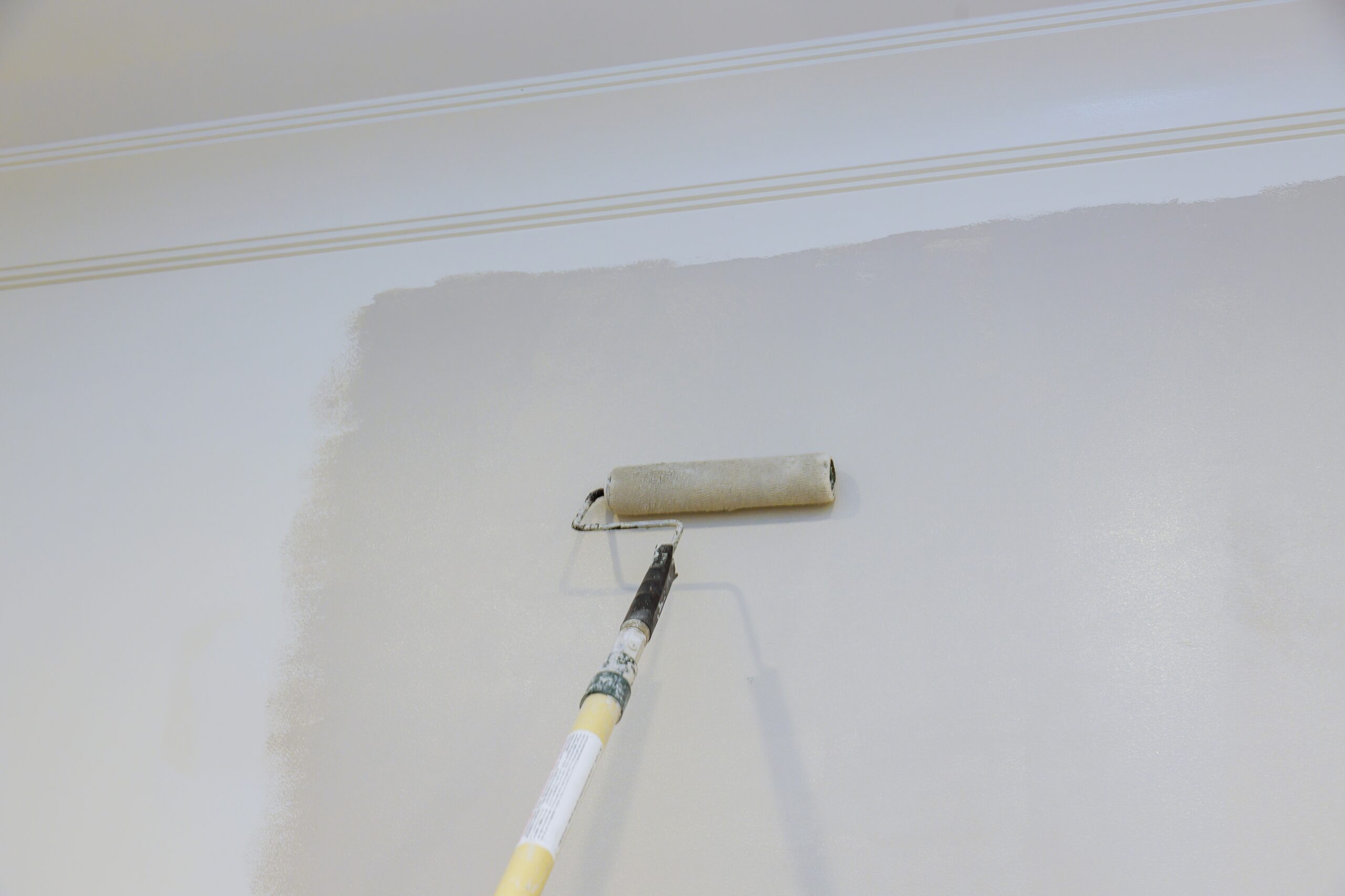
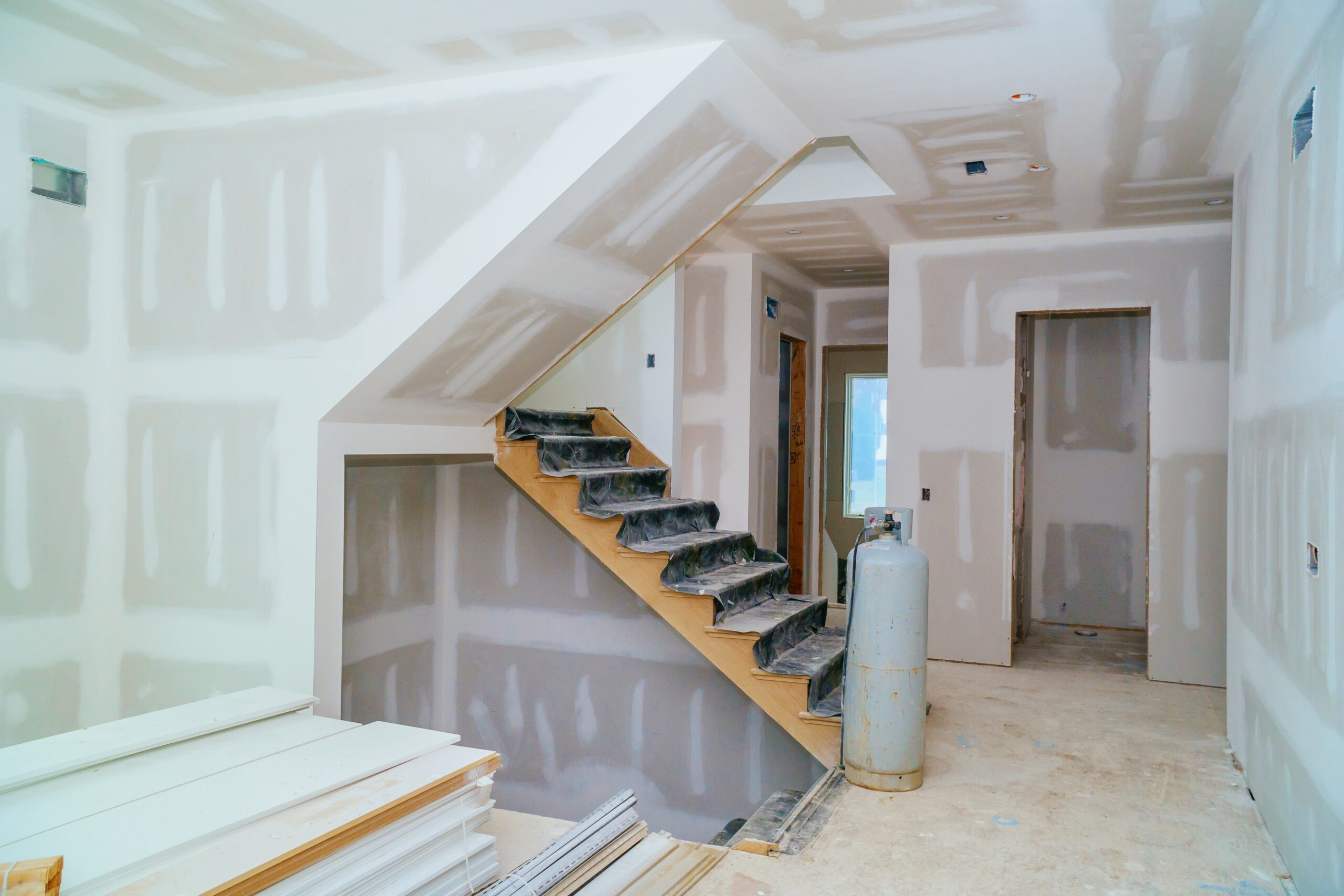
Drywall
Interior drywall is a service that involves the installation and finishing of drywall panels on walls and ceilings within a building’s interior. The process begins with measuring and cutting the panels to fit the space, followed by installation using screws or adhesive. Then, joints and seams are covered with joint tape and joint compound, and sanded for a smooth finish. The surface is then primed and painted or textured, depending on the desired outcome. The aim is to provide a clean and uniform surface that enhances the property’s appearance and provides insulation and soundproofing. Interior drywall services require skill and experience in installation and finishing techniques.
Electrical
Interior electrical is a service that involves the installation, repair, and maintenance of electrical systems and fixtures within a building’s interior. The process includes installing wiring, outlets, switches, and lighting fixtures to meet the client’s needs and conform to building codes and regulations. Interior electrical services also include troubleshooting and repairing existing electrical systems, as well as providing routine maintenance to ensure their safe and efficient operation. The aim is to provide reliable and efficient electrical services that enhance the comfort, convenience, and safety of the property’s occupants. Interior electrical services require skill and knowledge of electrical systems, codes, and safety regulations.
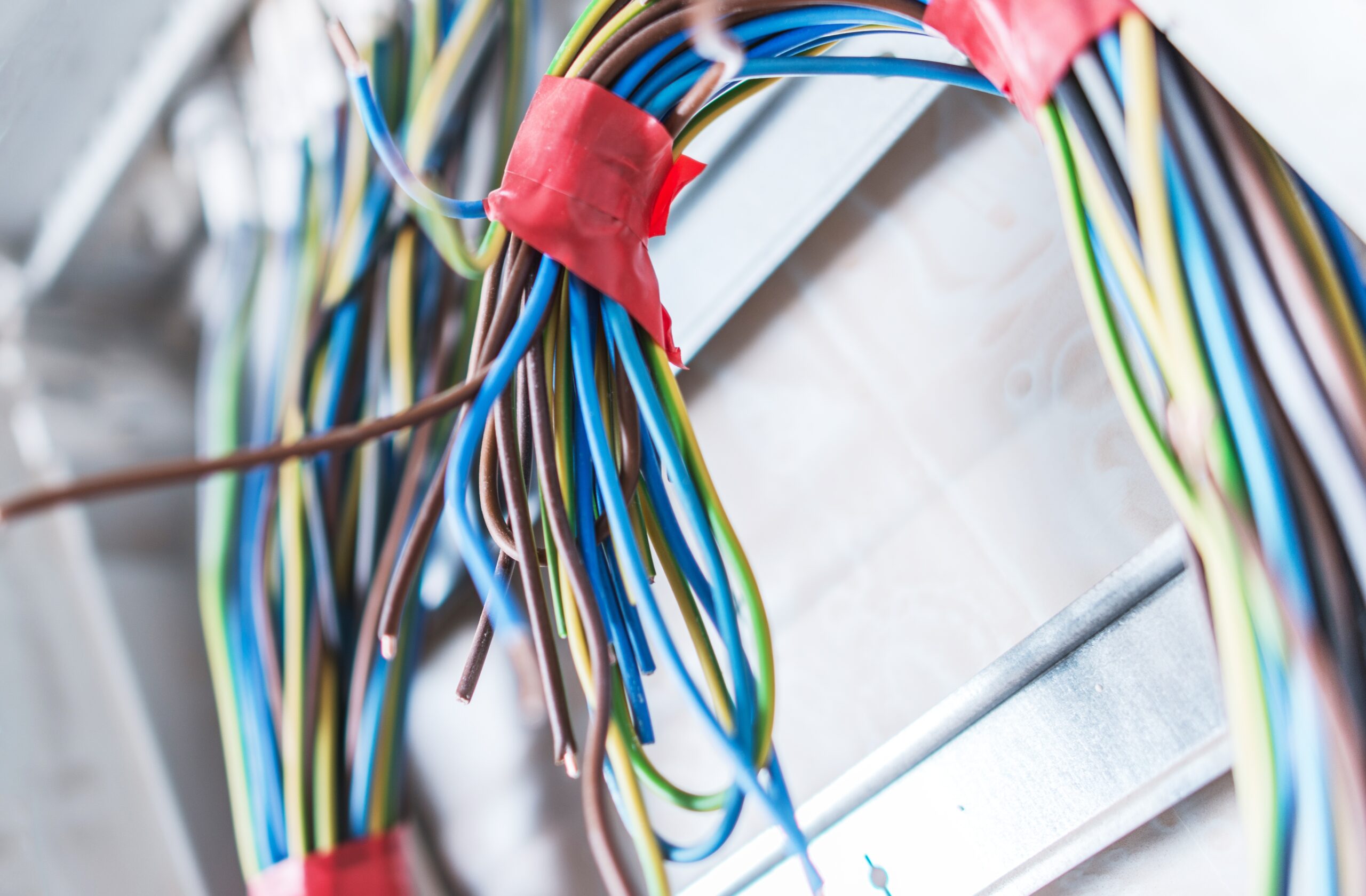
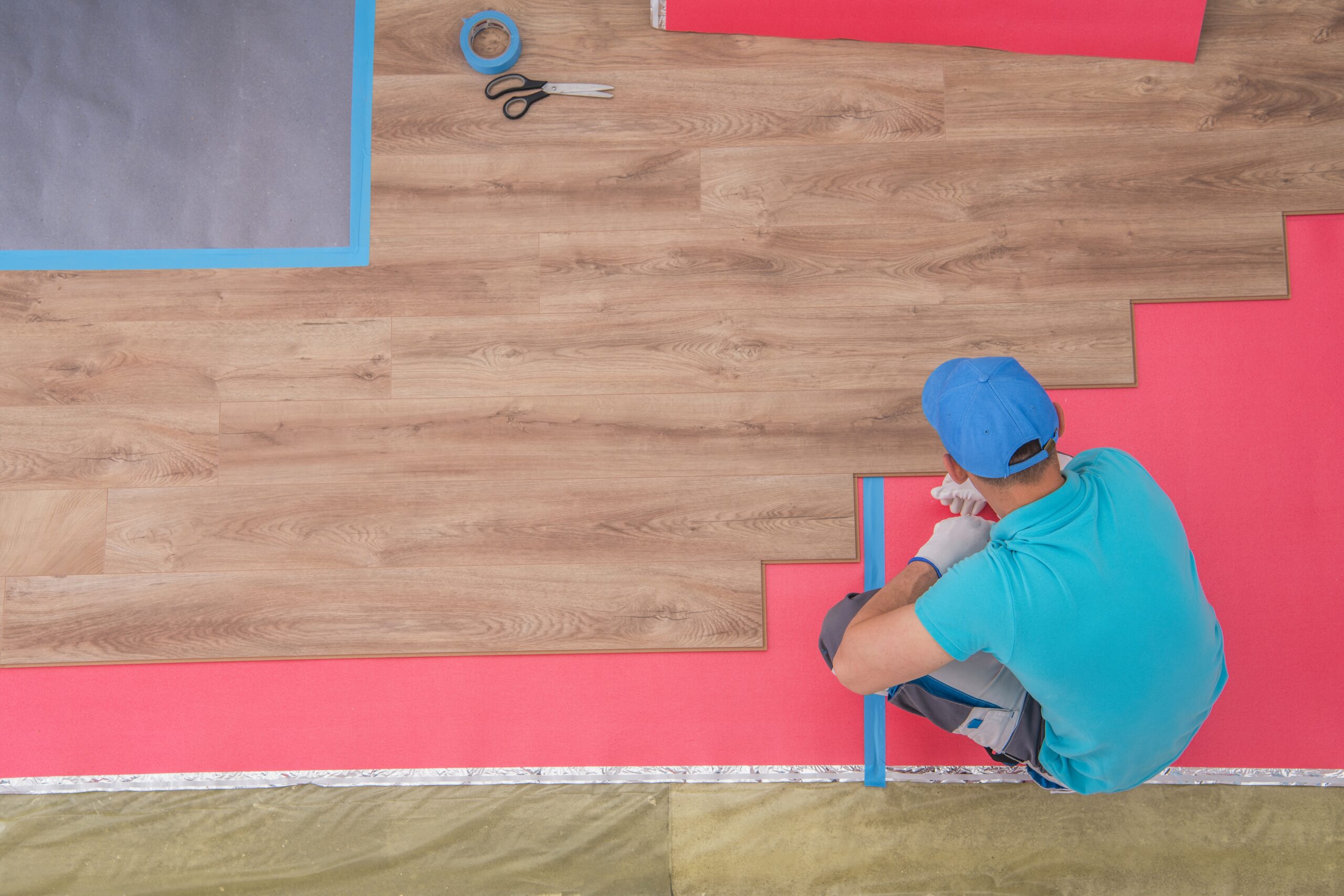
Flooring
The flooring process begins with preparing the area, including leveling and cleaning the surface and removing any existing flooring. Then, the flooring material, such as hardwood, tile, carpet, or vinyl, is cut and installed using the appropriate techniques and materials. The aim is to provide a durable, functional, and attractive flooring that meets the client’s needs and enhances the property’s appearance and value. Interior floor installation services require skill and experience in flooring materials, installation techniques, and surface preparation.
Ceilings
Ceiling installation is a service that involves the installation of a new ceiling or replacement of an existing ceiling within a building’s interior. The process begins with measuring the area and preparing the surface, including removing any existing ceiling material. Then, the new ceiling material, such as drywall, tiles, or panels, is installed using the appropriate techniques and materials. The aim is to provide a functional and aesthetically pleasing ceiling that meets the client’s needs and enhances the property’s appearance and value. Ceiling installation services require skill and experience in ceiling materials, installation techniques, and surface preparation.
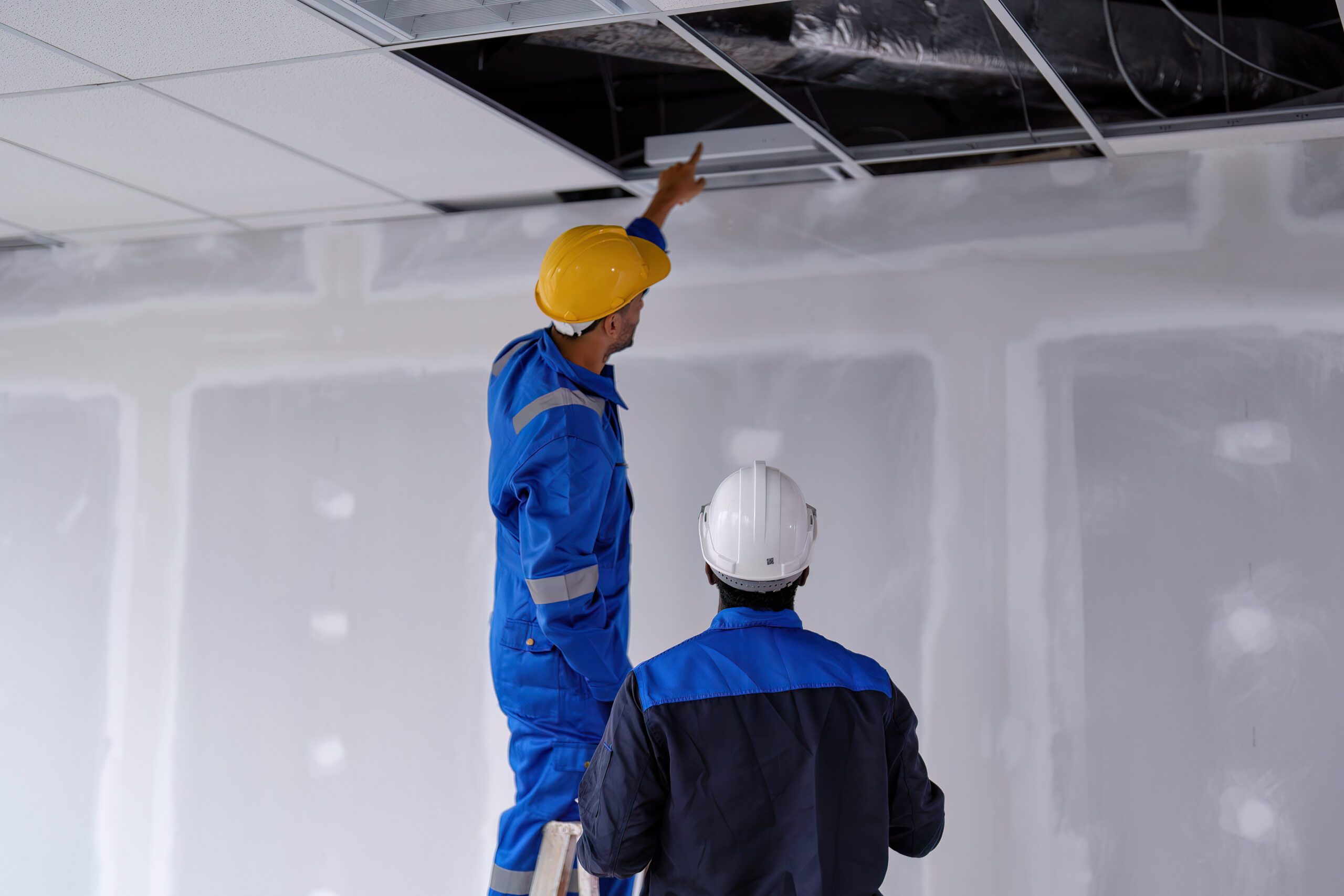
We’ve got your back!
We devote ourselves to satisfying customers by creating tangible value and outstanding customer experiences.

